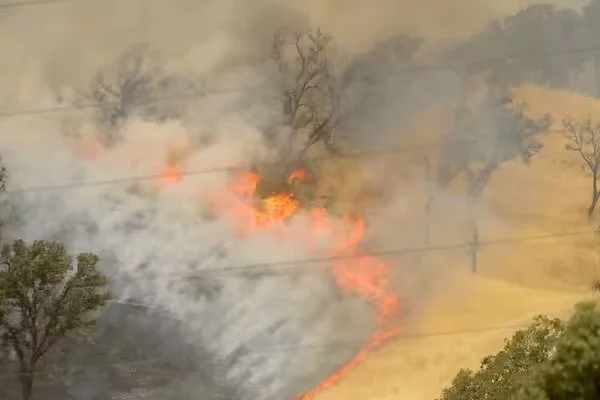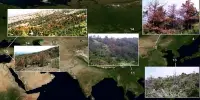Chemicals or particles in the air that can harm the health of humans, animals, and plants are examples of air pollution. It also causes structural damage. Pollutants in the air come in a variety of forms. They can take the form of gases, solid particles, or liquid droplets.
Pollution enters the Earth’s atmosphere through a variety of pathways. The majority of air pollution is caused by humans, in the form of emissions from factories, cars, planes, or aerosol cans. Secondhand cigarette smoke is also considered pollution of the environment. Anthropogenic sources are pollution sources that are caused by humans. Some types of air pollution occur naturally, such as smoke from wildfires or ash from volcanoes. These are known as natural sources.
According to a new University of California, Davis study, linking air pollution data from federal monitors in the Sacramento area of California, including during significant fires, shows negative effects of pollution exposure among children.
Blood samples show that children who were exposed to higher levels of air pollution had higher levels of inflammation markers such as interleukin 6. According to the study, higher levels of air pollution were linked to lower cardiac autonomic regulation in children, which influences how fast the heart beats and how hard it pumps.
By examining daily and monthly levels of particulate matter in relation to children’s inflammation and autonomic physiology, this study further demonstrates the immediate consequences of exposure to air pollution, which may increase risk of future disease.
Anna M. Parenteau
In the study, published in the journal New Directions for Child and Adolescent Research, researchers looked at blood samples from more than 100 healthy children ages 9-11 in the Sacramento area where pollutants near their homes were recorded by the Environmental Protection Agency. The study was authored by Anna M. Parenteau, a doctoral student, and Camelia E. Hostinar, associate professor, both from the UC Davis Department of Psychology. The work took place at UC Davis.
These findings are significant because wildfire pollution has been linked to a variety of negative health outcomes in children, who have smaller bodies and organ systems than adults, including asthma and decreased lung function, as well as neurodevelopmental outcomes such as attention deficit hyperactivity disorder, autism, and deficits in school performance and memory, according to the researchers.

Looked at particulates
Researchers looked at fine particulate matter data from the EPA (PM2.5) – or the fine particles that can penetrate lungs and pass into the bloodstream – finding the children’s blood contained markers of systemic inflammation. Additionally, PM2.5, which refers to particulate matter measuring 2.5 micrometers or smaller by the EPA, was linked to lower cardiac autonomic regulation assessed using an electrocardiogram. Specifically, researchers used data files maintained by the EPA, which have daily air quality summary information from each outdoor monitor in the country.
During significant fires when their neighborhoods recorded significant levels of PM2.5 in the air, 27 of the children studied had inflammation markers in their blood measured. These times included the Mendocino Complex Fire in 2018, which was active about 100 miles from the lab where the blood was drawn. The findings were similar to those found in an earlier study in which UC Davis researchers collected the blood of young primates after significant wildfires.
“By examining daily and monthly levels of particulate matter in relation to children’s inflammation and autonomic physiology, this study further demonstrates the immediate consequences of exposure to air pollution, which may increase risk of future disease,” Parenteau said. Furthermore, Parenteau added: “As climate change continues to impact children and families, it is paramount to understand the impact of environmental contaminants such as air pollution on children’s physiology.”
Previous research with children has found a link between ambient air pollution and allergic sensitization, respiratory symptoms, and ultra-structural and cellular changes in their lungs and airways, according to the researchers.
Children may be especially vulnerable to the effects of air pollution, according to researchers, because they consume more contaminants than adults and have a larger lung surface area relative to their body weight.
Researchers concluded that continued development research on environmental contaminants can raise the alarm about the effects of air pollution and inform policy changes that could promote long-term population health.
















